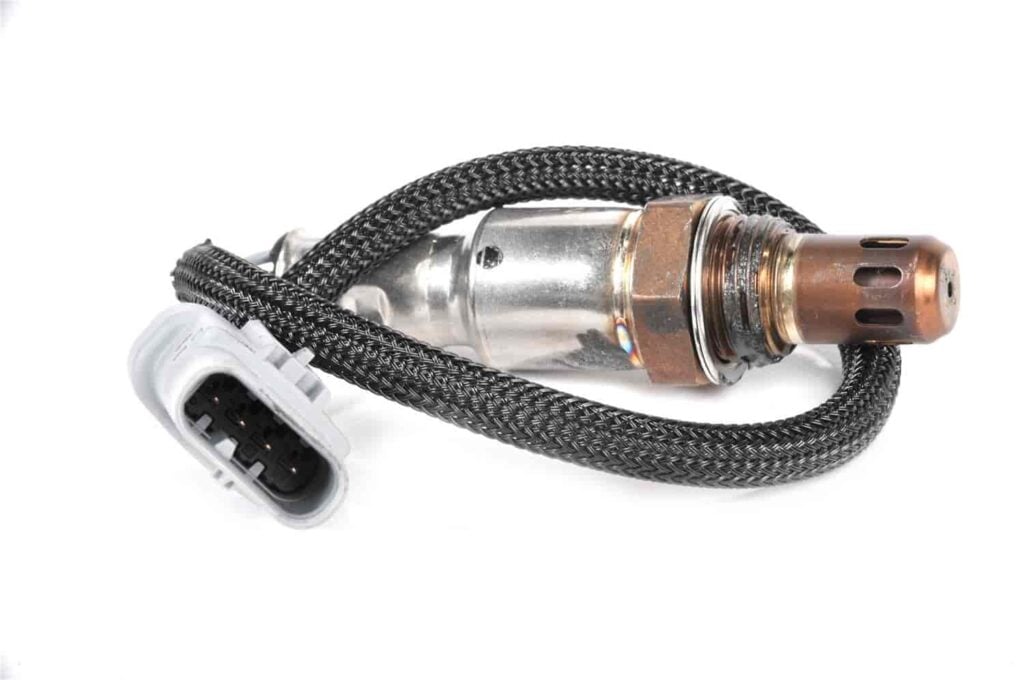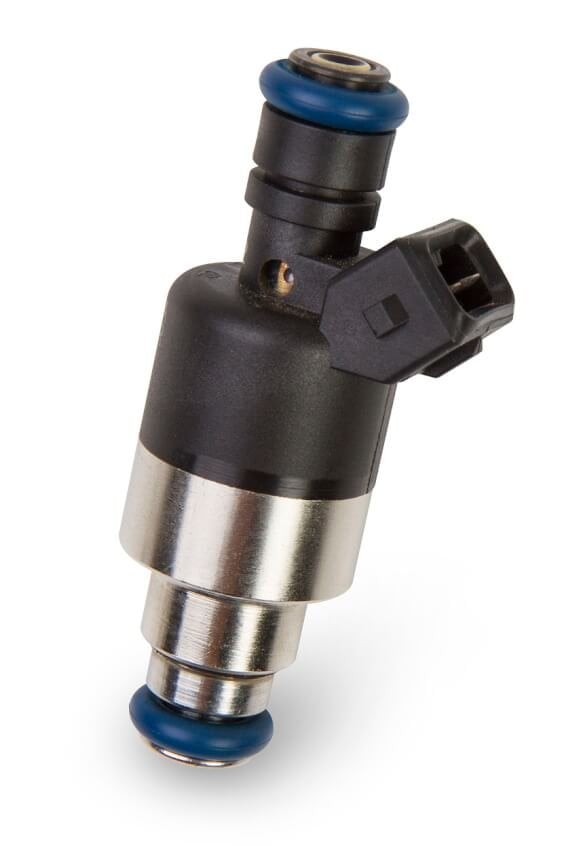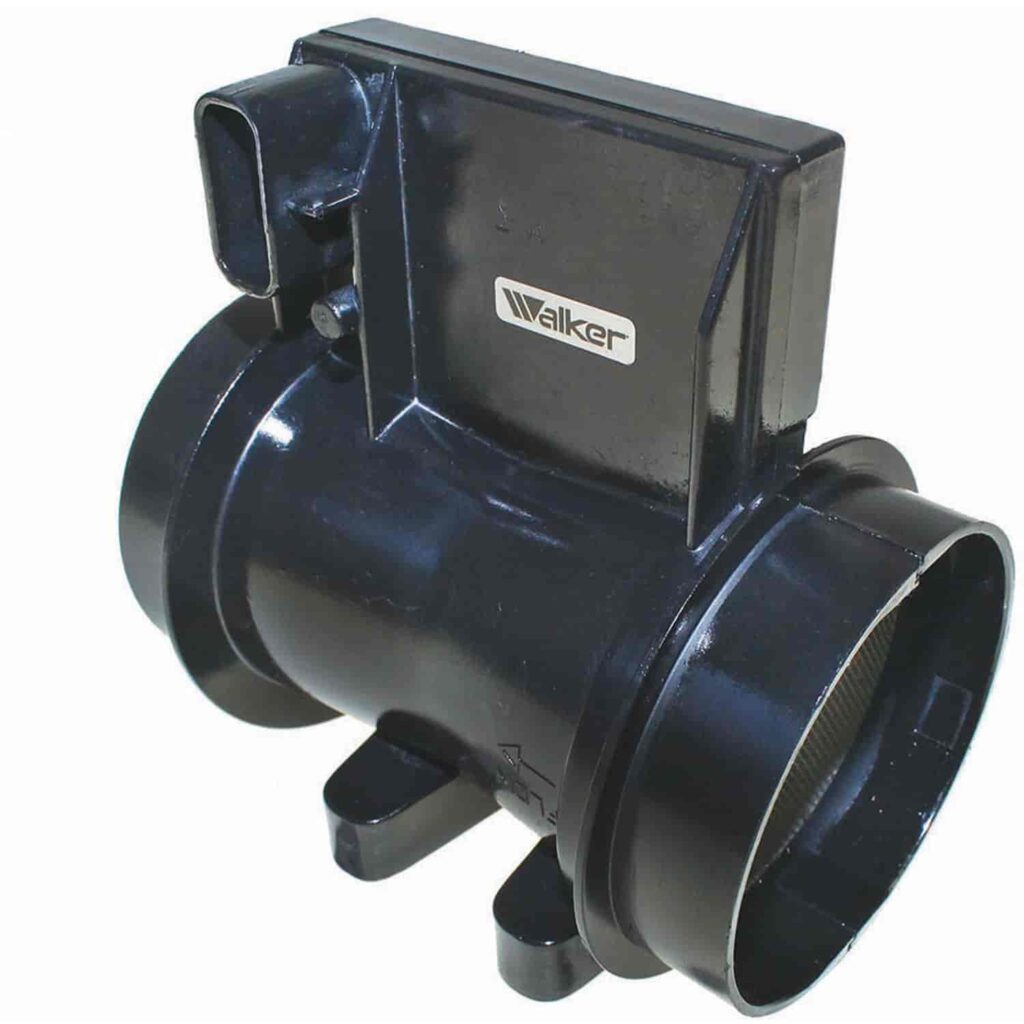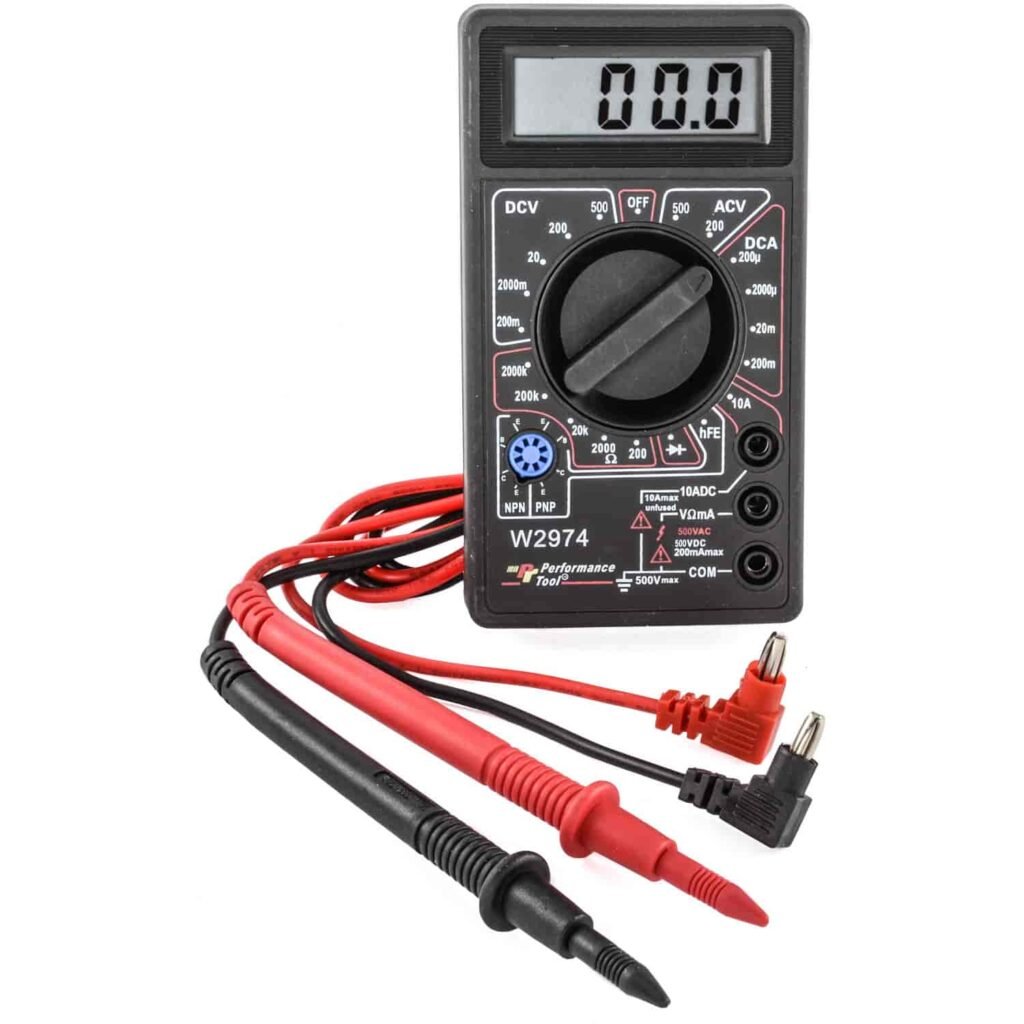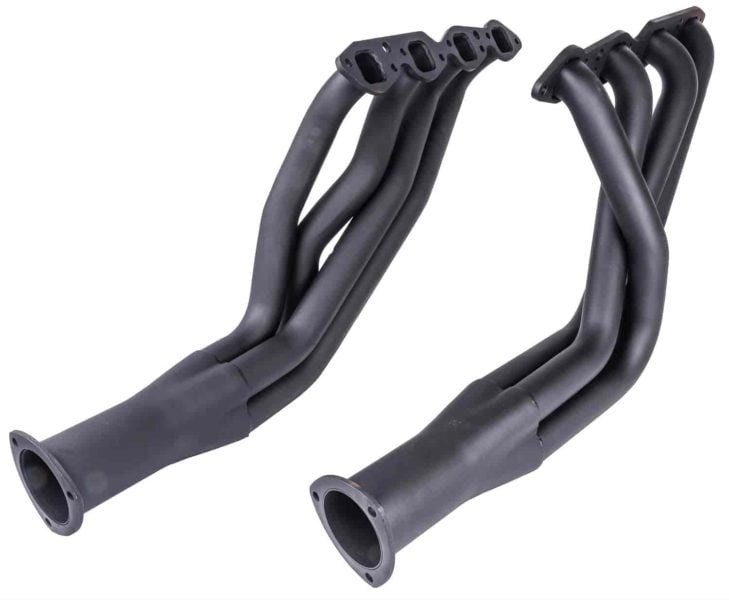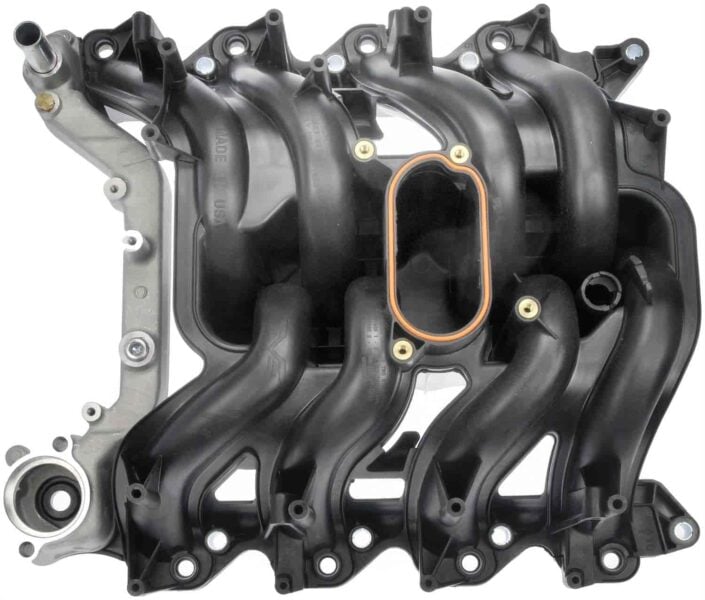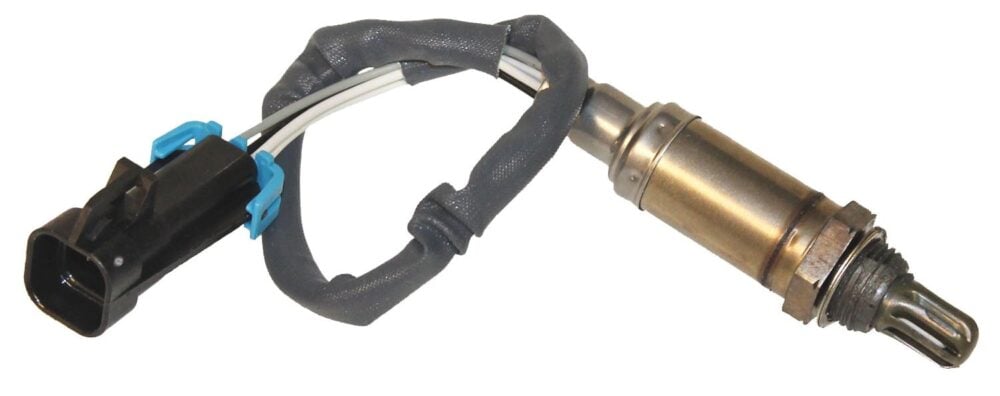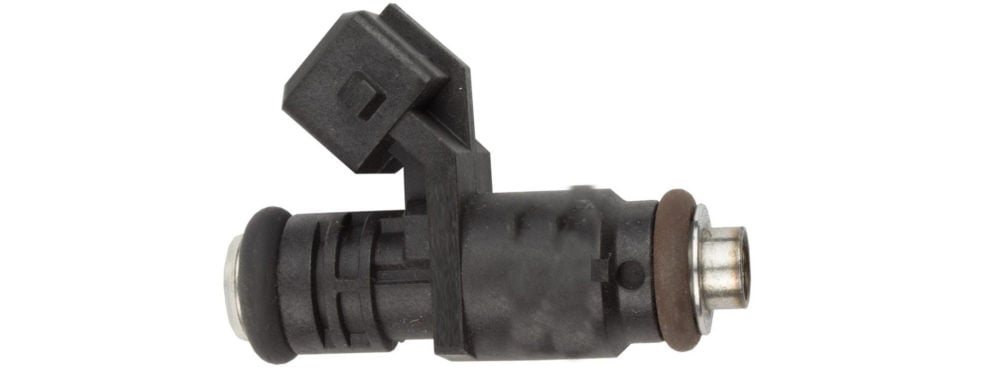An OBD-II diagnostic scanner is a beneficial tool for detecting and diagnosing issues with your vehicle. Although each issue is described with a dedicated code, it is not always able to pinpoint the exact source of the problem, which makes diagnostics difficult. If you have diagnosed a P1130 code, read along to learn all you need to know about it, including the symptoms, causes, and possible fixes.
What Is a P1130 Code?
The P1130 trouble code can be detected with an OBD-II diagnostic tool. It signals the “Lack of HO2S Switch—Adaptive Fuel at Limit” issue. This issue is closely related to the air-to-fuel ratio, which is crucial for the proper and efficient functioning of the engine. The code is specific to certain vehicle manufacturers, mainly Toyota and Nissan.
What Are the Symptoms and Causes of a P1130 Code?
When you encounter a P1130 Toyota code or a similar code on any make and model, symptoms and causes can vary. Below are the most frequent ones.
Symptoms of the P1130 diagnostic trouble code may include:
- Engine misfires or hesitation
- Poor acceleration
- Rough idling
- Illuminated check engine light
- Decreased fuel efficiency
- Stalling or difficulty starting
- Increased emissions
- Loss of power
Causes of the P1130 diagnostic trouble code may include:
- Faulty oxygen sensor
- Vacuum leaks in the intake manifold
- Exhaust leaks upstream of the oxygen sensor
- Clogged fuel injectors
- Wiring or connector issues in the oxygen sensor circuit
- Mechanical engine issues such as low compression or valve timing issues
- Faulty mass airflow (MAF) sensor
- ECU malfunction
- Restrictions in the exhaust system
- Incorrect fuel pressure or fuel delivery issues
- Degraded catalytic converter
How Serious Is the P1130 Code?
The seriousness of the P1130 code depends on the specific issue it is triggered by. A small exhaust leak is not very serious, but you should address the problem as soon as possible, as driving the car is still safe. On the other hand, if the P1130 code is caused by a directly related engine issue, such as a misfire due to poor air-to-fuel mixture, it is more serious and could damage the engine if not addressed promptly.
If you encounter the P1130 code, it’s advisable to diagnose thoroughly to pinpoint and address the specific problem triggering the code as soon as possible. Timely action can help prevent further damage and ensure your vehicle functions appropriately in the long run.
How Easy Is It to Diagnose a P1130 Code?
As with most other diagnostic trouble codes detected by an OBD-II tool, the root cause is not always easily recognizable. Sometimes, different issues may trigger the same error code, making the diagnostic difficult. One issue triggers a sequence of diagnostic trouble codes, which can further increase the difficulty of diagnosing the root cause of the problem. However, you should be able to diagnose and fix the P1130 code if you are a seasoned DIY mechanic.
Remember that diagnosis and repair of the issue may differ in difficulty. If the cause is wiring issues or a malfunctioning Engine Control Unit (ECU), the repair may be beyond your capabilities, depending on your skills. If you have yet to gain experience with maintenance and repairs, it is best to give your car to a specialized mechanic.
Diagnosing the P1130 Toyota code involves the same steps as diagnosing any other make and model. You should start by performing the most straightforward diagnostic steps and work your way up to the more difficult ones.
Here are the steps you should take:
- Clear the Codes – A one-time faulty reading could trigger the trouble code and not reflect any actual issue. Clear the diagnostic trouble code and go for a short test drive to check for this. This is the simplest possible solution if you are not experiencing any issues with the vehicle other than the code.
- Perform a visual inspection—Examine the fuel and air systems' wiring, connectors, and harnesses. Most importantly, inspect the oxygen sensors. Look for loose connections, damaged wires, or corrosion on the connectors, as these can disrupt communication and trigger the code. Check the intake system for leaks and the swirl control valve (if your vehicle has one). Make sure that the swirl control valve and vacuum lines are not damaged.
- Review Technical Service Bulletins—Manufacturers release bulletins to address some common issues they encounter with their vehicles. Thus, the P1130 code may be addressed by the manufacturer in its TSB system.
- Check sensor function – Check whether the air/fuel ratio sensor, oxygen sensor, or swirl control valves are working correctly. You can do so by using a multimeter. Still, a better way to find out is by using a live data reading on your OBD-II scanner and seeing whether the sensor reports correct values by checking them against manufacturer specifications. Remember that an air/fuel ratio or oxygen sensor may be faulty if fixed at a specific voltage. You may also perform functional tests on the swirl flaps and other components to check their operation using the dedicated test functions of the OBD-II tool.
- Check the intake and fuel system – Check for vacuum leaks in the intake manifold, which can cause air-to-fuel mixture issues.
- Check the fuel injectors—Another possible cause of the issue is the fuel injectors, which you should inspect alongside and ensure are delivering the correct amount of fuel and at the proper pressure.
If you set yourself on the path of diagnosing and fixing the issue associated with the P1130 code, head to JEGS, where you can find helpful diagnostic tools and replacement parts for getting your car back to perfect condition.

